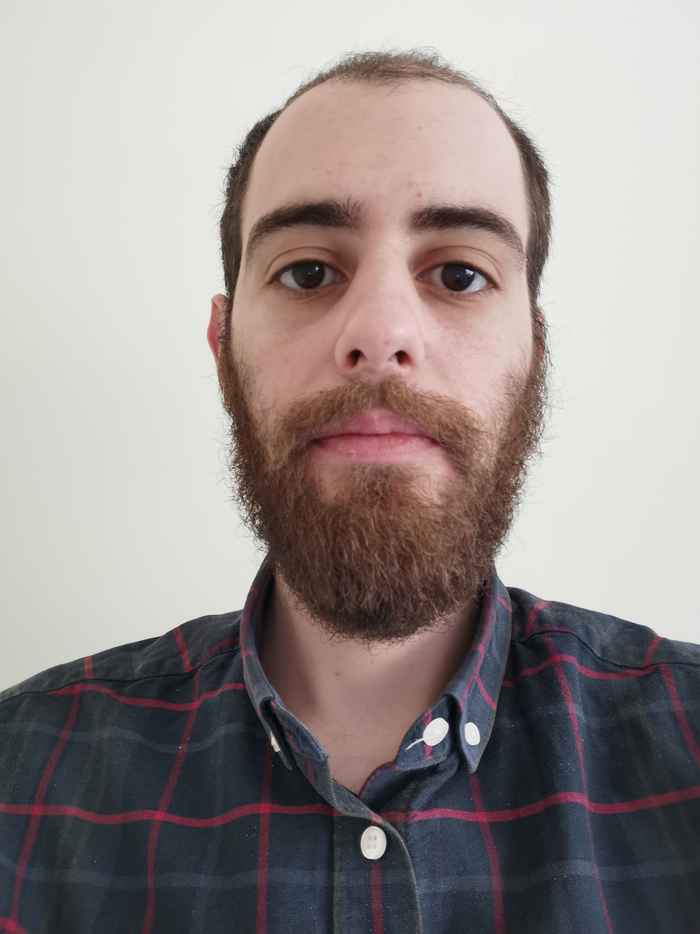Deep-learning model recognises links between paintings and gives insight into art market
Research by PhD student Anastasios Efthymiou
22 February 2021

In his PhD, Efthymiou wants to learn why some painters have become hugely popular while others haven’t. He is doing this by using big data ‒ large data sets of paintings ‒ to classify art collections and by applying deep learning as well as conditional neural networks to analyse that data.
Partners
Efthymiou’s research began last year and is expected to take another 3 years or so. The project is a collaboration between ABS’s Entrepreneurship & Innovation and Operations Management sections. The project partners are Sotheby’s auction house, the Rijksmuseum, the Stedelijk Museum Amsterdam and the Netherlands Institute for Sound and Vision.
Efthymiou’s supervisors are Dr Monika Kackovic, Dr Stevan Rudinac, Prof. Nachoem Wijnberg and Prof. Marcel Worring (FNWI). ‘We specifically look at artistic and economic success in the art market from a quantitative, meta-historical perspective,’ Efthymiou explains. ‘The use of categorisation as our theoretical lens, together with advanced machine-learning techniques, makes us the first to study the effects of art categories in terms of various dynamic mechanisms.
Similarities between Picasso and Braque
The deep-learning model applied by Efthymiou is already able to assess the artist, genre and age of every painting. ‘One of the things we’ve done is to create groups of similar art works, ranging from medieval to modern art and every art movement in between. In doing so, we’ve tried to detect semantic similarities on the basis of characteristics like colour, form and object. These have been projected onto graphs, enabling the model to show, among other things, that Picasso’s paintings come nearest to those of Braque, the cubist painter, and that there’s also a very close resemblance between Monet and Sisley.’
Efthymiou, who has a bachelor’s degree in Computer Science and specialised in AI during his master’s studies, ultimately aims to get a better picture of the art market. ‘We do this by classifying art, by finding connections between artists and by predicting their success. Not that ‘success’ is well-defined. Take, for instance, Van Gogh, who’s had an enormous impact on the art world, but failed to be commercially successful during his own lifetime. Nor does every artist have the same objective. Commercially speaking, Picasso is one of the most successful artists ever, but he was not always motivated by money. In his famous painting Guernica, for instance, he was expressing his feelings about the Spanish Civil War.’
Tricky but interesting area of research
Efthymiou admits that it is not easy to do research on the art market, making it a real challenge. ‘It’s quite tricky to predict success, not to mention define it. All the same, data scientists are now scoring success with AI in a wide range of sectors. The art market need not be an exception. It’s actually extremely interesting to try out deep-learning methods here, especially when you look at all those fascinating background stories and contexts.
The next step might well be predicting the price of art sold at auction. ‘One of our goals is to make the art market more transparent. Right now, the market is still very subjective. Ever since the arrival of impressionism in the 19th century, relationships between artists and critics have played a key role. The way it worked, even at that time, was that an artist who was on friendly terms with an influential art critic could expect a higher market value for his work. At the same time, this also shows the importance of the human element, something that is difficult to capture in a model. So, it’s a big challenge for us to get it to work properly.’